Home>Renovation & DIY>Tools & Equipment>How To Use Ryobi Drill As A Screwdriver
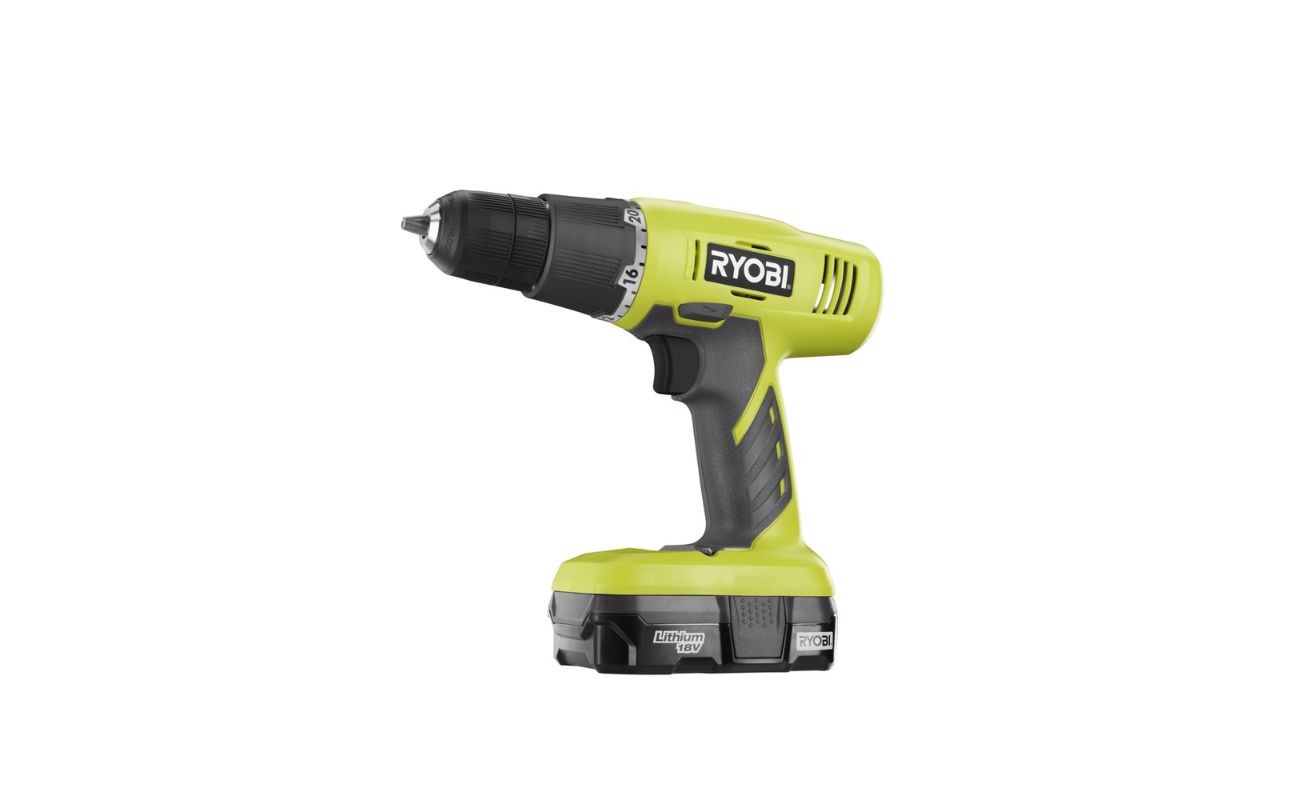

Tools & Equipment
How To Use Ryobi Drill As A Screwdriver
Modified: December 21, 2023
Learn how to use your Ryobi drill as a screwdriver with our expert tips and tricks. Get the most out of your tools and equipment with our comprehensive guide.
(Many of the links in this article redirect to a specific reviewed product. Your purchase of these products through affiliate links helps to generate commission for Storables.com, at no extra cost. Learn more)
Introduction
Welcome to the world of power tools, where versatility and functionality go hand in hand. In this article, we will explore the innovative ways in which you can harness the power of the Ryobi Drill to effectively use it as a screwdriver. The Ryobi Drill, renowned for its robust design and exceptional performance, offers a myriad of applications beyond traditional drilling tasks. By understanding its features and capabilities, you can unlock its potential as a reliable and efficient screwdriver, making your DIY projects and professional endeavors more seamless and productive.
Whether you are a seasoned craftsman or a DIY enthusiast, the ability to adapt your tools for various tasks is invaluable. The Ryobi Drill, with its ergonomic design and powerful motor, is a prime example of a versatile tool that can be utilized in diverse ways. Join us as we delve into the intricacies of the Ryobi Drill and discover how to leverage its features to effectively drive screws with precision and ease.
Key Takeaways:
- Transform your Ryobi Drill into a reliable screwdriver by leveraging its powerful motor, variable speed settings, and keyless chuck feature. Seamlessly transition between drilling and screwdriving tasks for efficient DIY projects.
- Maximize safety and efficiency by integrating strategic techniques and safety precautions when using the Ryobi Drill as a screwdriver. Enhance precision, adaptability, and overall quality of screwdriving tasks with this versatile power tool.
Read more: How To Use A Drill As A Screwdriver
Understanding the Ryobi Drill
Before delving into its applications as a screwdriver, it’s essential to grasp the fundamental characteristics of the Ryobi Drill. This robust power tool boasts a compact and ergonomic design, making it comfortable to handle during extended use. Equipped with a high-performance motor, the Ryobi Drill delivers ample torque, enabling it to effortlessly drive screws into various materials with precision.
The variable speed settings of the Ryobi Drill allow for precise control, ensuring that you can adapt the tool’s performance to suit the specific requirements of screwdriving tasks. Additionally, the keyless chuck feature facilitates quick and effortless bit changes, enhancing the tool’s adaptability for different screw types and sizes.
Furthermore, the integrated LED light illuminates the work area, providing enhanced visibility and accuracy when driving screws in dimly lit or confined spaces. The Ryobi Drill’s battery technology, whether lithium-ion or NiCad, ensures prolonged usage without compromising on performance, granting you the freedom to tackle projects without the hassle of frequent recharges.
With a firm grasp of the Ryobi Drill’s ergonomic design, powerful motor, variable speed settings, keyless chuck, LED light, and reliable battery technology, you are well-equipped to explore the numerous ways in which this versatile tool can serve as a proficient screwdriver, elevating the efficiency and precision of your screwdriving tasks.
Using the Ryobi Drill as a Screwdriver
Harnessing the capabilities of the Ryobi Drill as a screwdriver entails a seamless transition from drilling to screwdriving, thanks to its adaptable features and intuitive design. To utilize the Ryobi Drill for screwdriving tasks, begin by selecting the appropriate screwdriver bit that corresponds to the screw head type and size. With the keyless chuck mechanism, swiftly insert the chosen screwdriver bit into the drill’s chuck, ensuring a secure fit to prevent slippage during operation.
Once the screwdriver bit is securely in place, adjust the drill’s speed settings to suit the requirements of the screwdriving task at hand. For delicate or intricate applications, opt for a lower speed setting to maintain precision, while heavier-duty tasks may benefit from a higher speed setting to maximize efficiency.
Position the tip of the screwdriver bit into the screw head, ensuring a firm and perpendicular alignment. Engage the drill in the appropriate direction, either clockwise to drive the screw in or counterclockwise to remove it. The variable speed trigger allows for precise control over the driving force, enabling you to gradually seat the screw without overtightening or damaging the workpiece.
As the screw reaches the desired depth, release the drill’s trigger to halt the driving motion, preventing overdriving and safeguarding the integrity of the material. The integrated LED light provides enhanced visibility, aiding in accurate screw placement and minimizing the risk of errors.
By adeptly utilizing the Ryobi Drill as a screwdriver, you can seamlessly transition between drilling and screwdriving tasks, streamlining your workflow and enhancing the precision and efficiency of your projects. The adaptability and performance of the Ryobi Drill empower you to tackle an array of screwdriving applications with confidence and ease, making it an indispensable asset in your toolkit.
When using a Ryobi drill as a screwdriver, make sure to adjust the clutch setting to prevent over-tightening the screws. Start with a low setting and gradually increase as needed. This will help prevent stripping the screws or damaging the material you are working with.
Tips for Efficient Use
Maximizing the efficiency and effectiveness of the Ryobi Drill when utilized as a screwdriver involves leveraging its capabilities in synergy with strategic techniques. Here are some invaluable tips to enhance your screwdriving endeavors:
- Bit Selection: Ensure that the screwdriver bit matches the screw head type and size precisely, preventing slippage and minimizing the risk of damaging the screw or workpiece.
- Speed Control: Adjust the drill’s speed settings to align with the specific requirements of the screwdriving task, optimizing precision and driving force.
- Alignment and Pressure: Maintain a perpendicular alignment between the screwdriver bit and the screw head, applying consistent pressure to prevent cam-out and ensure a secure drive.
- Gradual Seating: Exercise control over the variable speed trigger to gradually seat the screw, avoiding overdriving and preserving the integrity of the material.
- Work Area Illumination: Capitalize on the integrated LED light to enhance visibility, facilitating accurate screw placement and minimizing errors in dimly lit or confined spaces.
- Bit Maintenance: Regularly inspect and clean the screwdriver bits to remove debris and ensure optimal engagement with screws, promoting longevity and performance.
- Battery Management: Prioritize the use of high-quality, fully charged batteries to sustain the drill’s performance during extended screwdriving tasks, minimizing downtime for recharging.
- Adaptability: Explore the compatibility of the Ryobi Drill with various screw types and materials, adapting its settings and techniques to suit the unique demands of diverse screwdriving applications.
By integrating these tips into your approach, you can harness the full potential of the Ryobi Drill as a screwdriver, elevating the precision, efficiency, and overall quality of your screwdriving tasks. The seamless fusion of advanced features and strategic techniques empowers you to tackle diverse projects with confidence, while optimizing the performance of this versatile power tool.
Safety Precautions
Prioritizing safety is paramount when utilizing the Ryobi Drill as a screwdriver to mitigate potential hazards and ensure a secure and productive working environment. By adhering to essential safety precautions, you can safeguard yourself and others while optimizing the performance of the tool:
- Protective Gear: Wear appropriate personal protective equipment, including safety goggles, to shield your eyes from debris or potential projectile hazards during screwdriving tasks.
- Secure Workpiece: Secure the workpiece firmly in place using clamps or other suitable methods to prevent movement or instability during screwdriving, reducing the risk of accidents or material damage.
- Stable Footing: Maintain a stable and balanced stance while operating the drill, ensuring secure footing to enhance control and minimize the risk of tripping or losing balance.
- Battery Handling: Handle the drill’s batteries with care, avoiding exposure to extreme temperatures, moisture, or physical damage to maintain their integrity and performance.
- Chuck Inspection: Prior to operation, ensure that the chuck and screwdriver bit are securely fastened to prevent slippage or detachment during use, minimizing the risk of accidents or workpiece damage.
- Tool Inspection: Regularly inspect the drill for any signs of wear, damage, or malfunction, addressing any issues promptly to uphold its safe and efficient operation.
- Clear Workspace: Maintain a clutter-free and organized workspace, removing potential obstructions and hazards to facilitate unhindered movement and operation of the drill.
- Unplugging and Storage: When not in use, unplug the drill and store it in a secure and dry location, away from unauthorized access and environmental factors that may compromise its safety and condition.
By conscientiously integrating these safety precautions into your work practices, you can mitigate risks and create a secure environment conducive to efficient and safe screwdriving operations. Prioritizing safety not only safeguards against potential accidents but also promotes a professional and responsible approach to utilizing power tools, ensuring a positive and secure working experience.
Read more: How To Use Ryobi Drill
Conclusion
The Ryobi Drill, with its versatile design and robust performance, transcends its conventional role as a drilling tool to emerge as a proficient and reliable screwdriver. By harnessing its adaptable features, ergonomic design, and advanced capabilities, you can seamlessly transition from drilling to screwdriving tasks, elevating the efficiency, precision, and overall quality of your projects.
Understanding the nuances of the Ryobi Drill and its applications as a screwdriver empowers you to optimize its performance, adapt to diverse screwdriving tasks, and streamline your workflow with confidence and ease. The fusion of advanced features, strategic techniques, and safety precautions ensures a seamless and secure working experience, enhancing the versatility and functionality of this exceptional power tool.
Whether you are embarking on DIY endeavors or tackling professional projects, the Ryobi Drill stands as a testament to innovation and reliability, offering a seamless transition from drilling to precise and efficient screwdriving. Embrace the potential of this versatile tool, and unlock a world of possibilities as you drive screws with precision and ease, revolutionizing the way you approach screwdriving tasks.
With a steadfast commitment to safety, efficiency, and adaptability, the Ryobi Drill emerges as an indispensable asset in your toolkit, empowering you to navigate an array of screwdriving applications with finesse and proficiency. Embrace the versatility of the Ryobi Drill, and embark on a journey of seamless and precise screwdriving, transforming your projects into feats of ingenuity and craftsmanship.
Frequently Asked Questions about How To Use Ryobi Drill As A Screwdriver
Was this page helpful?
At Storables.com, we guarantee accurate and reliable information. Our content, validated by Expert Board Contributors, is crafted following stringent Editorial Policies. We're committed to providing you with well-researched, expert-backed insights for all your informational needs.
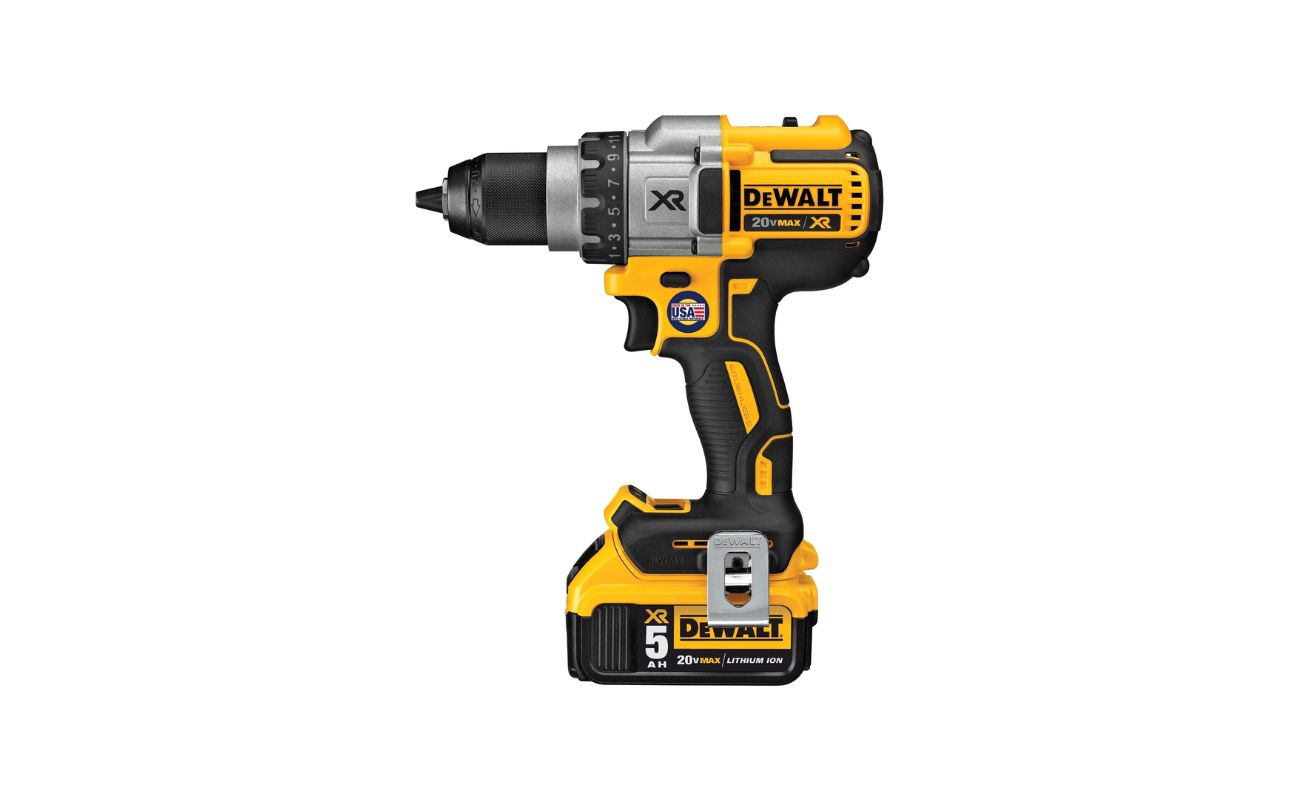
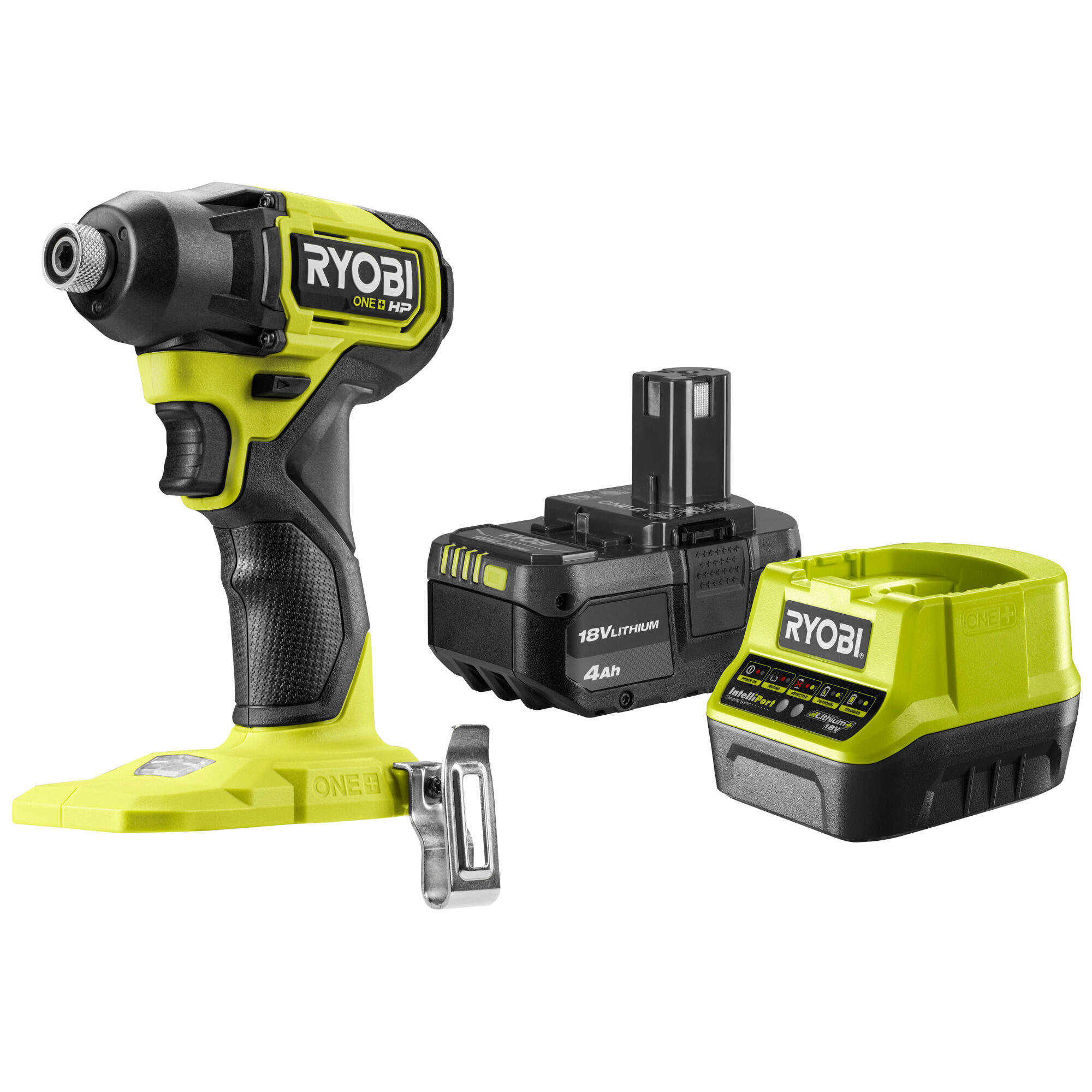
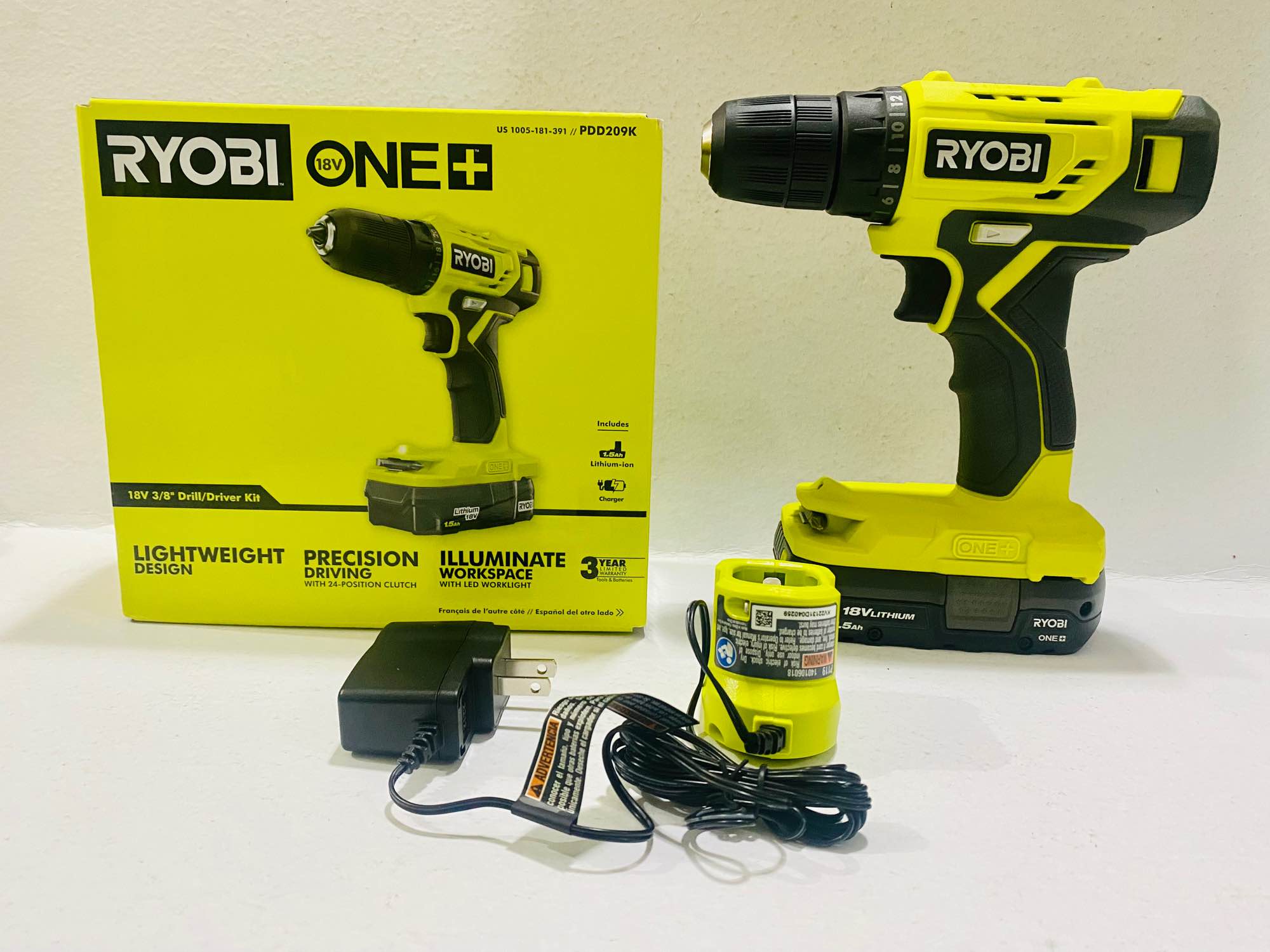
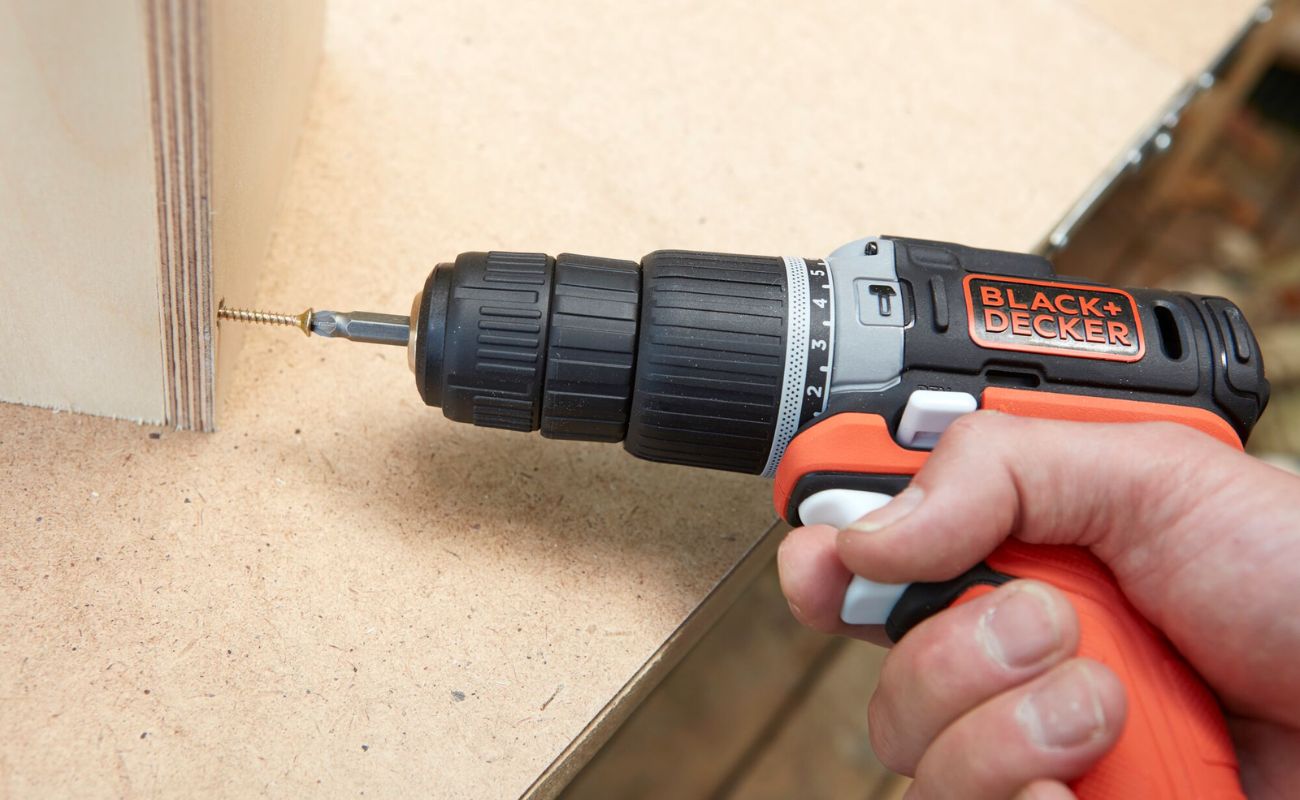
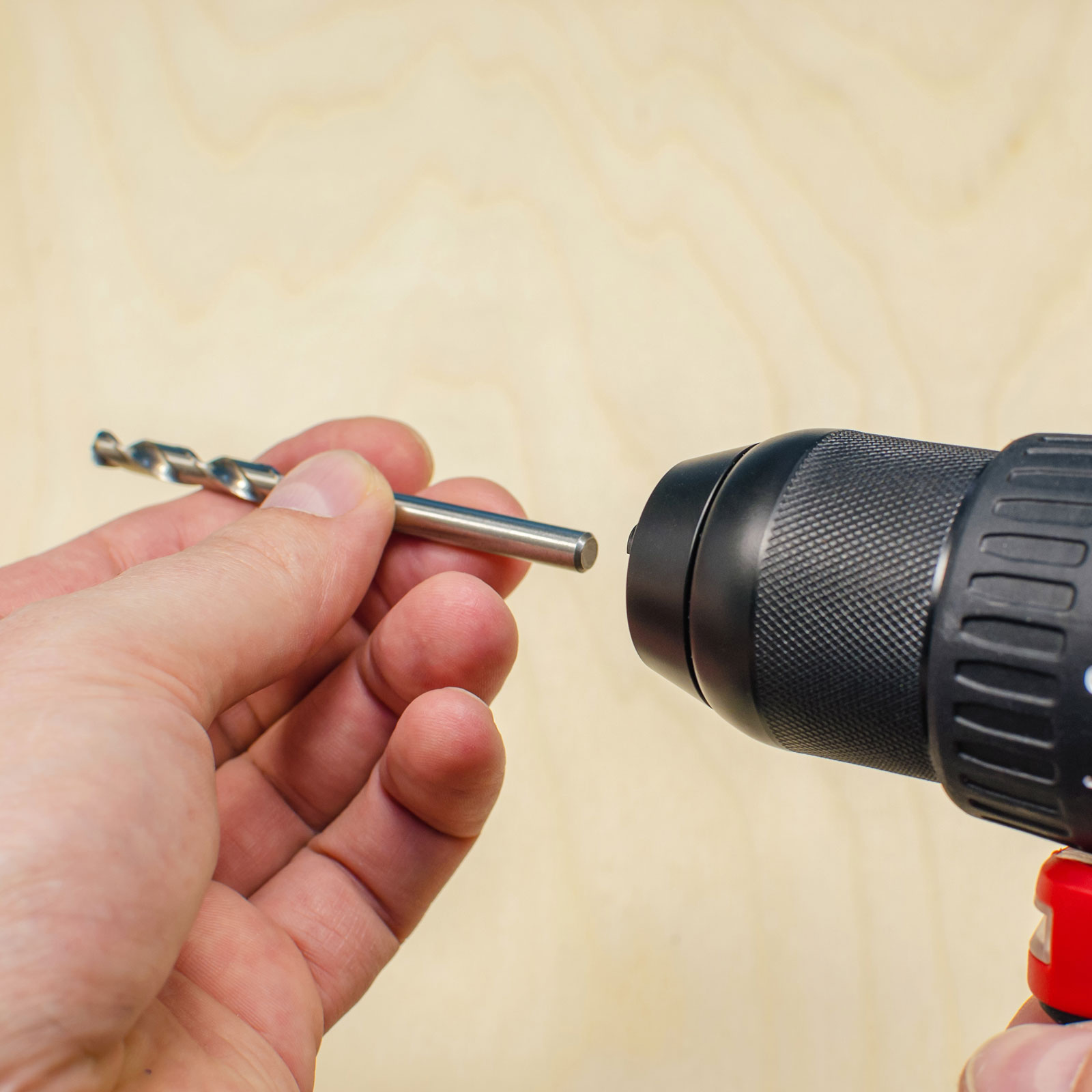
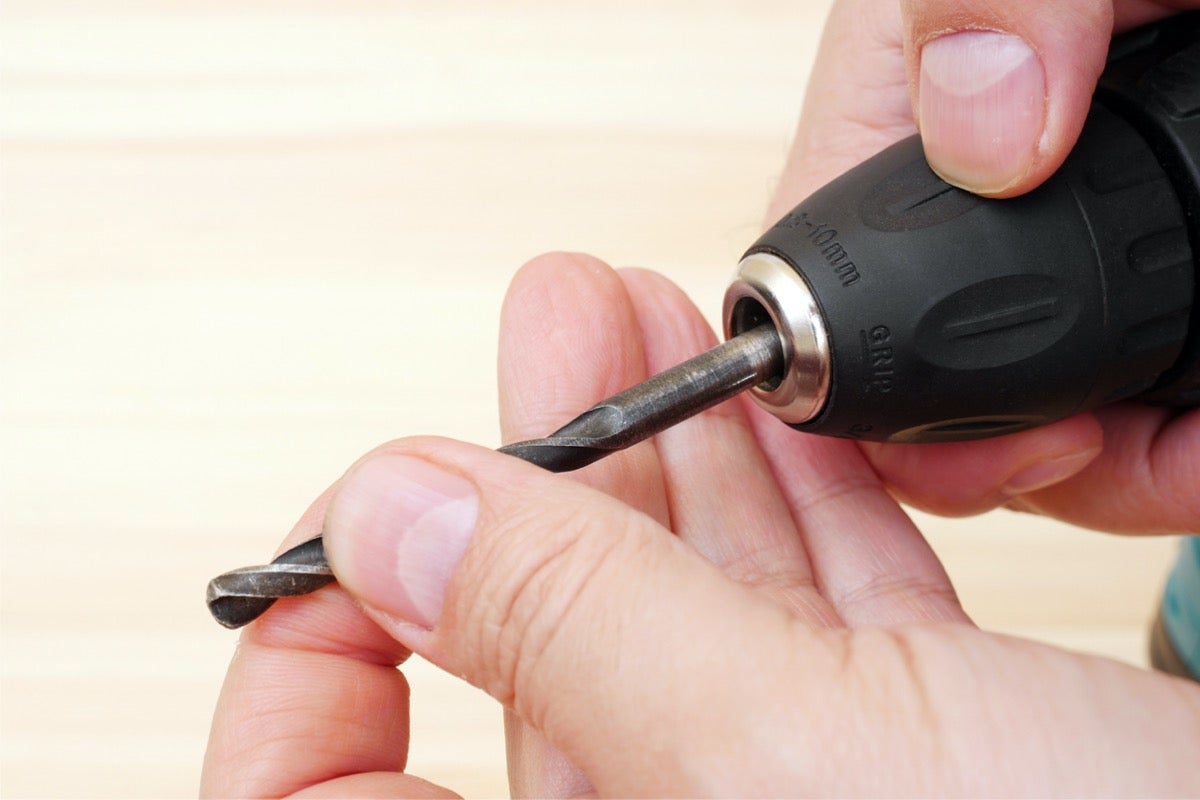
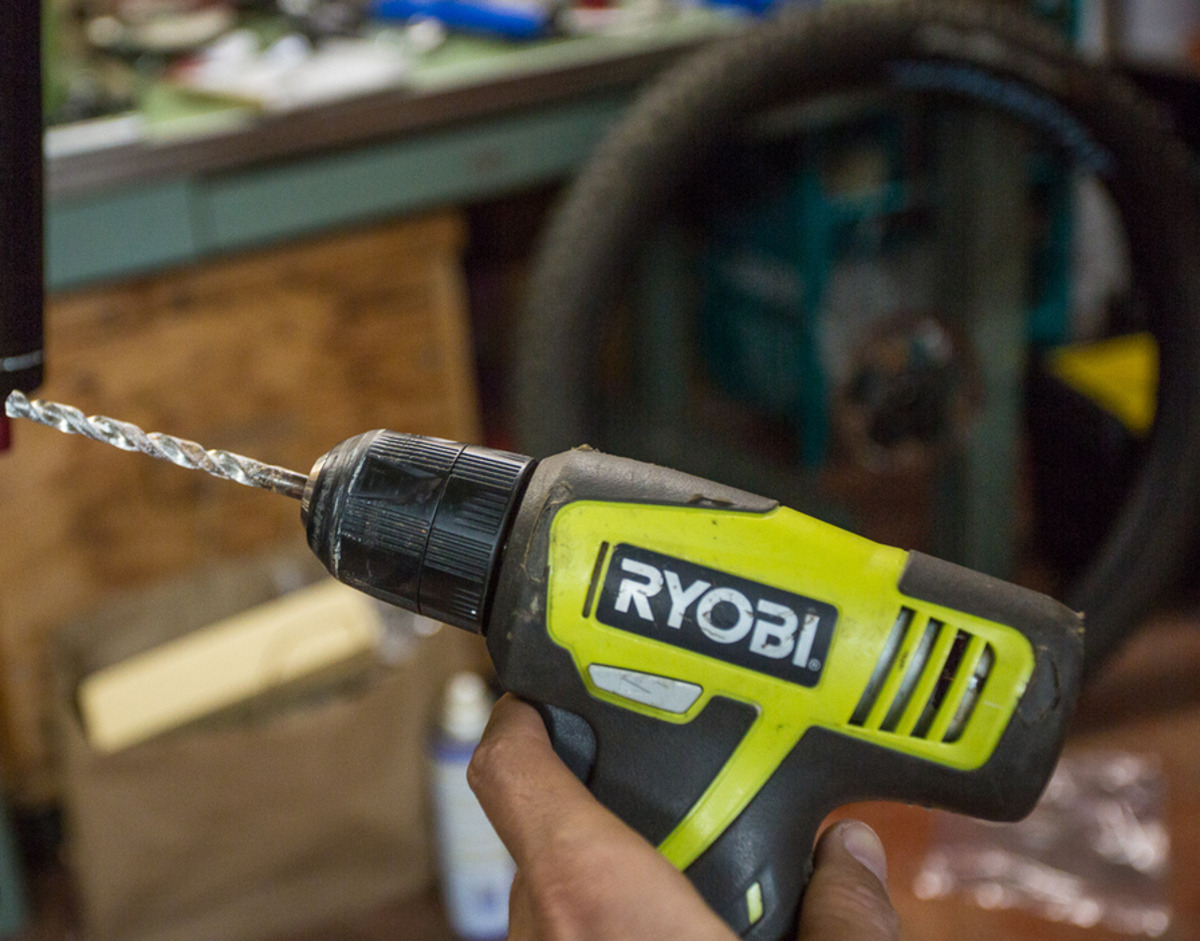
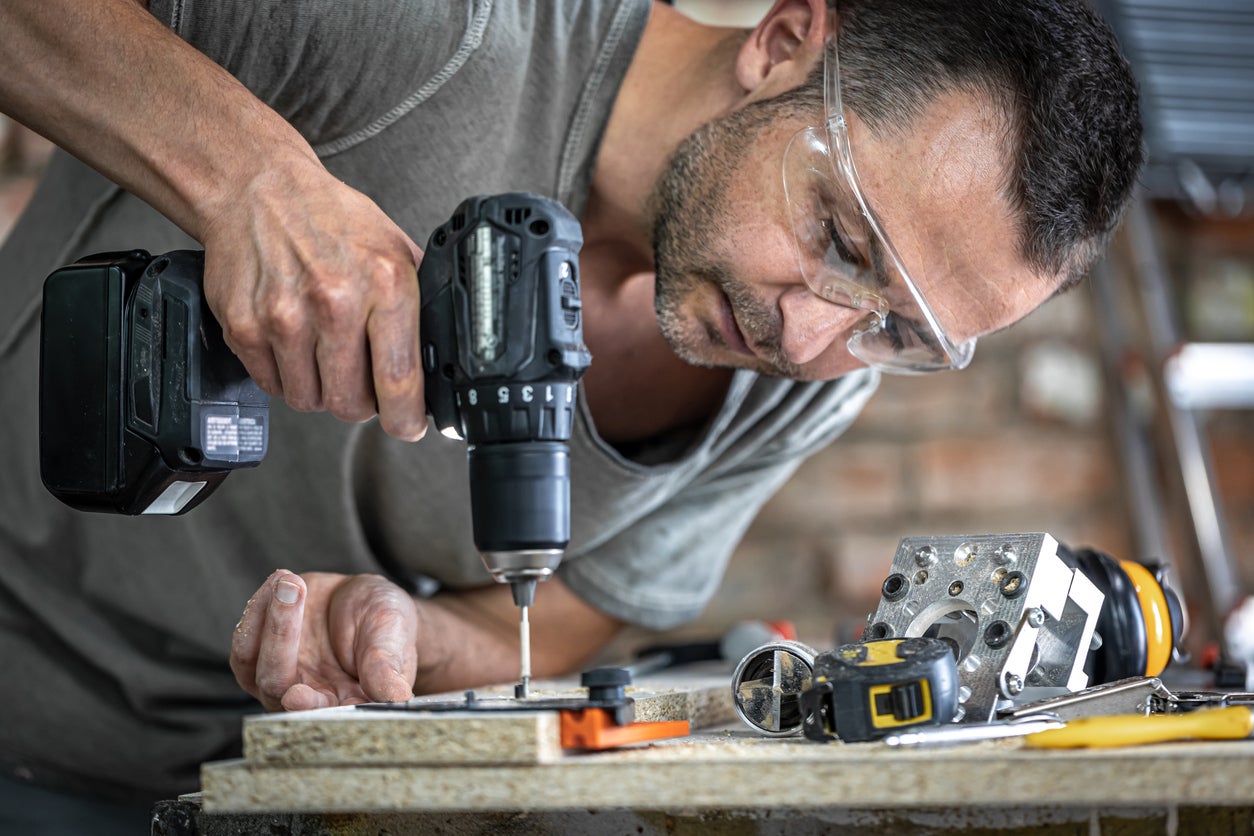
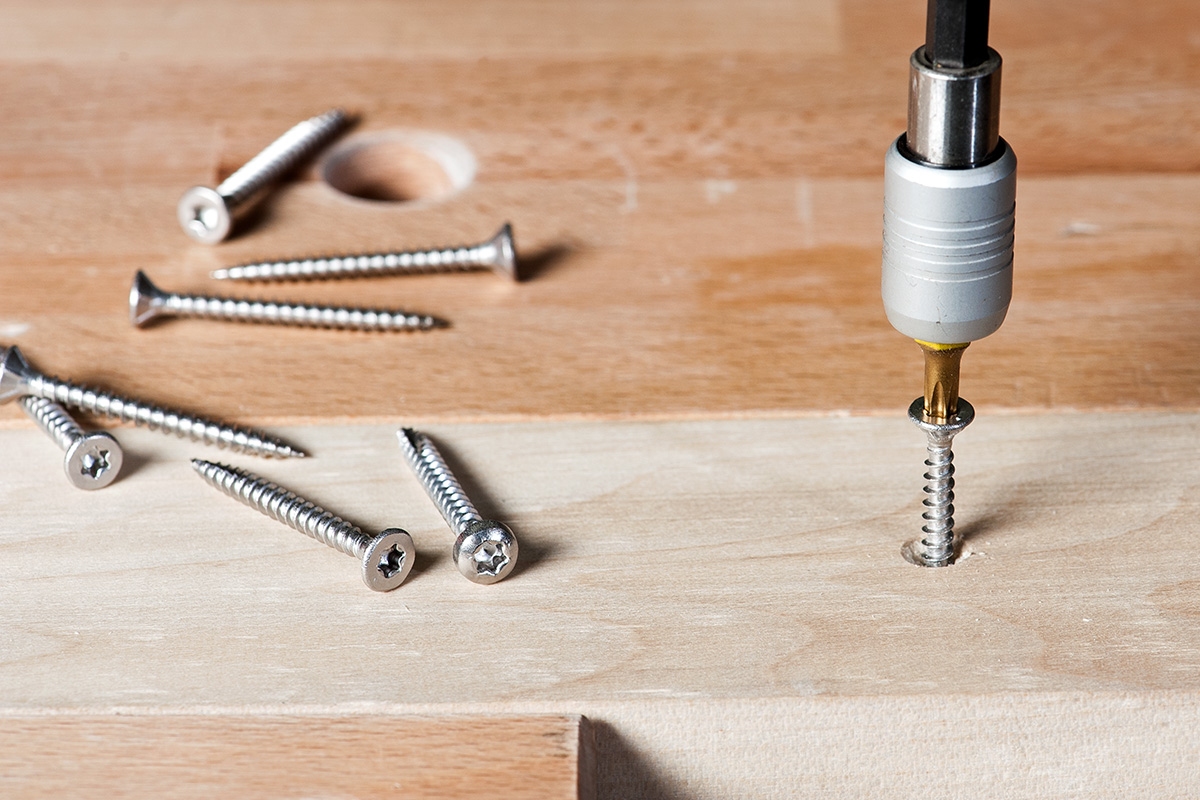
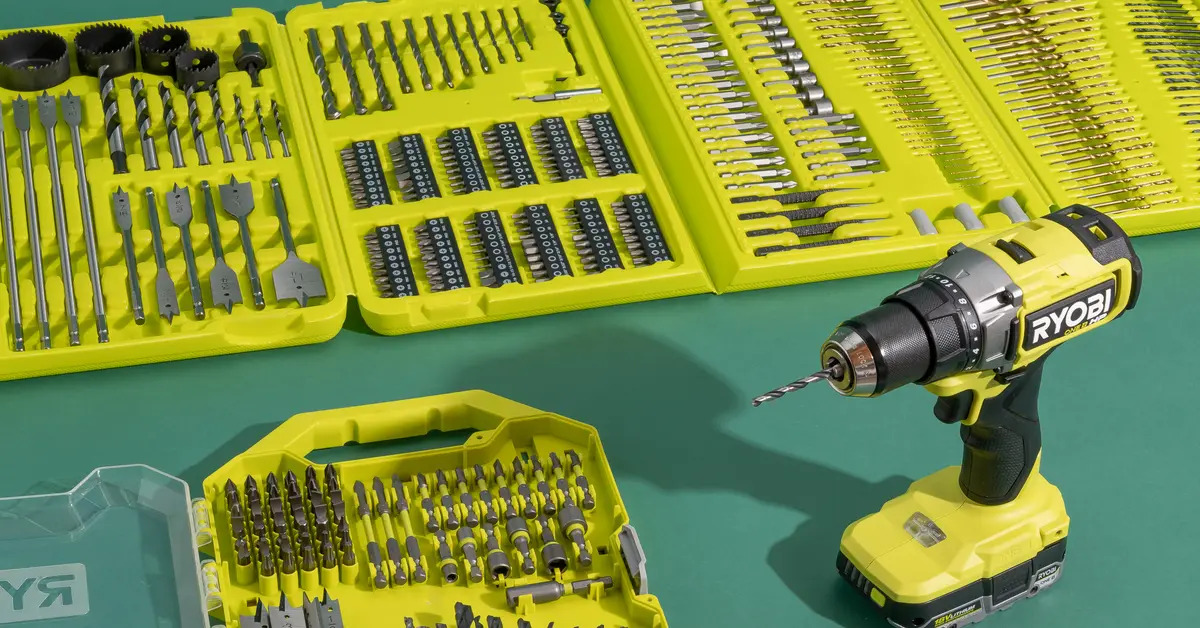
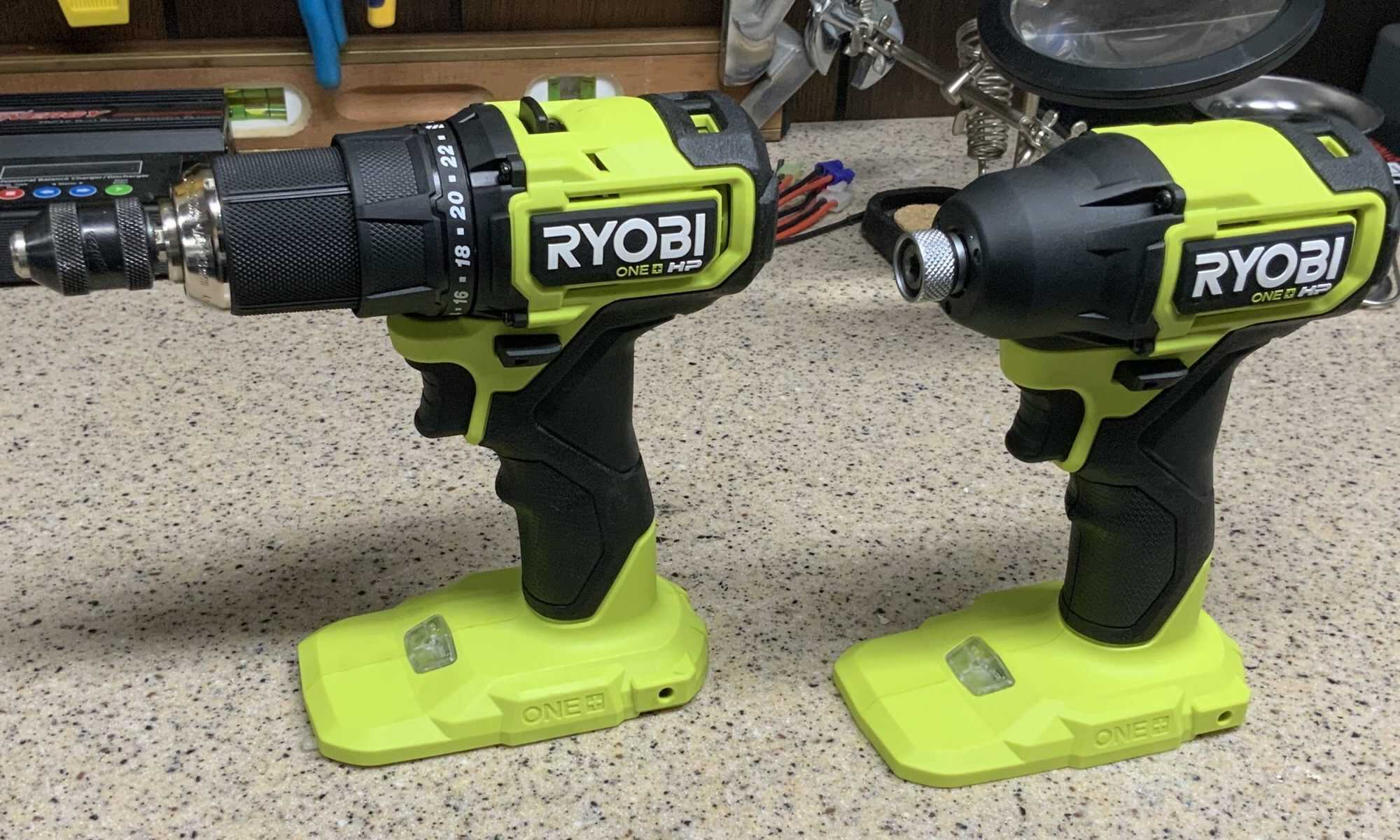
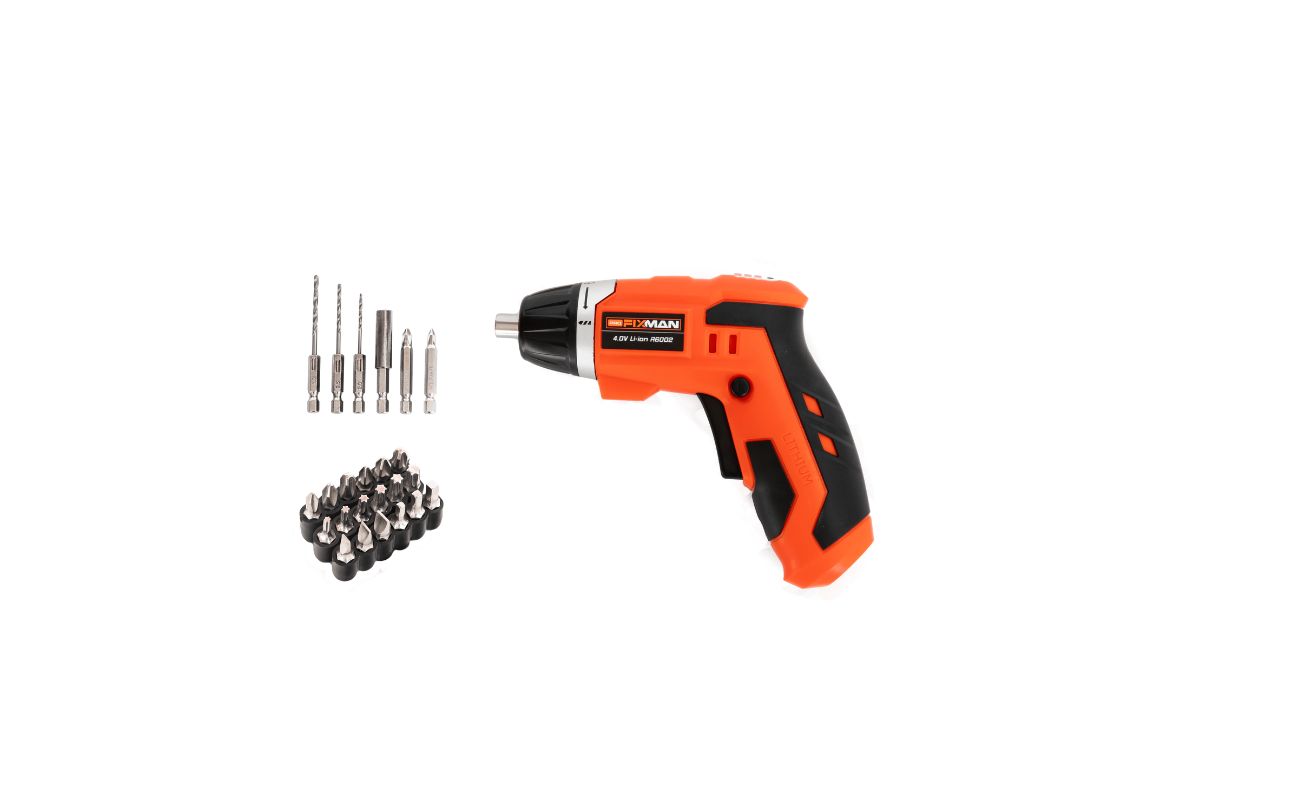
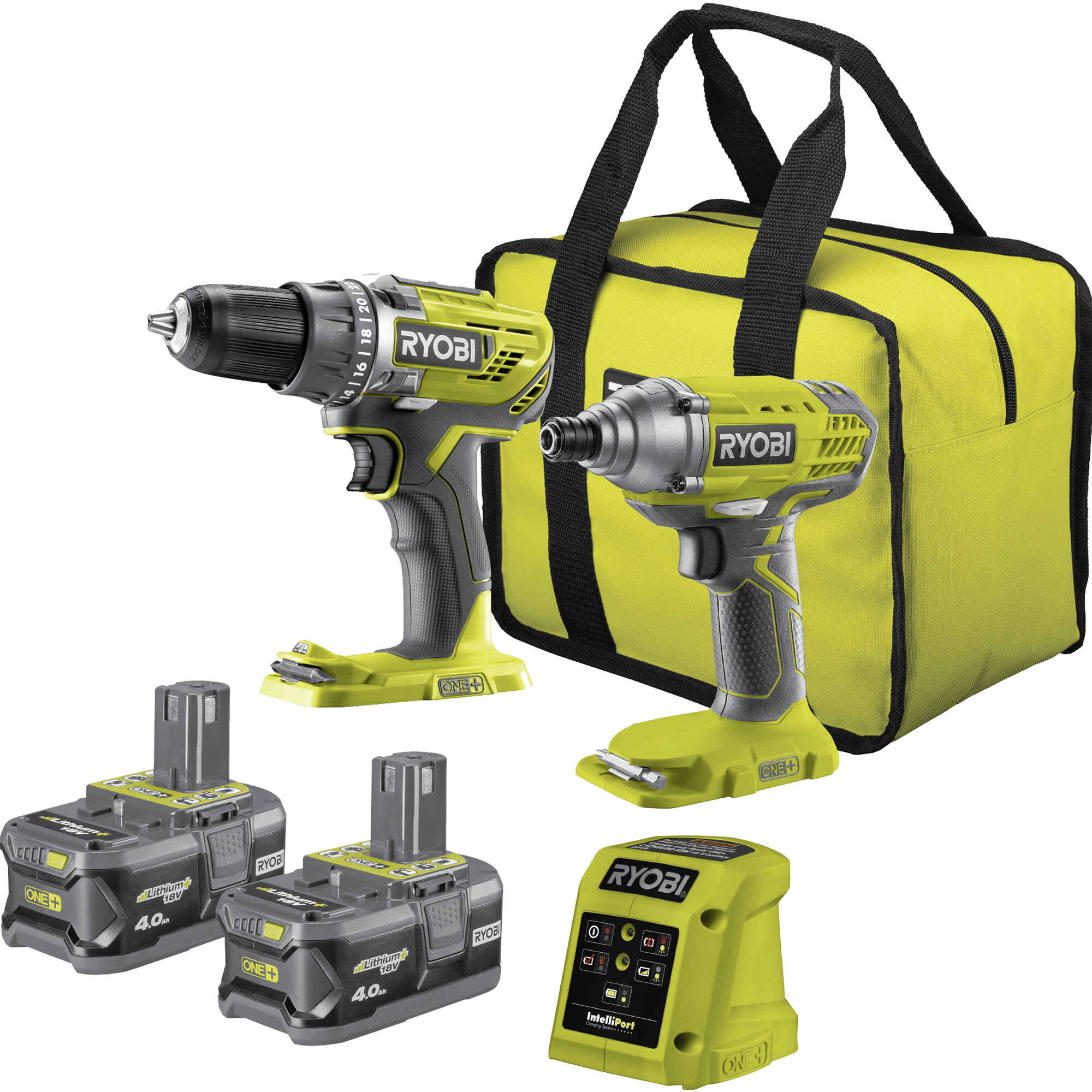
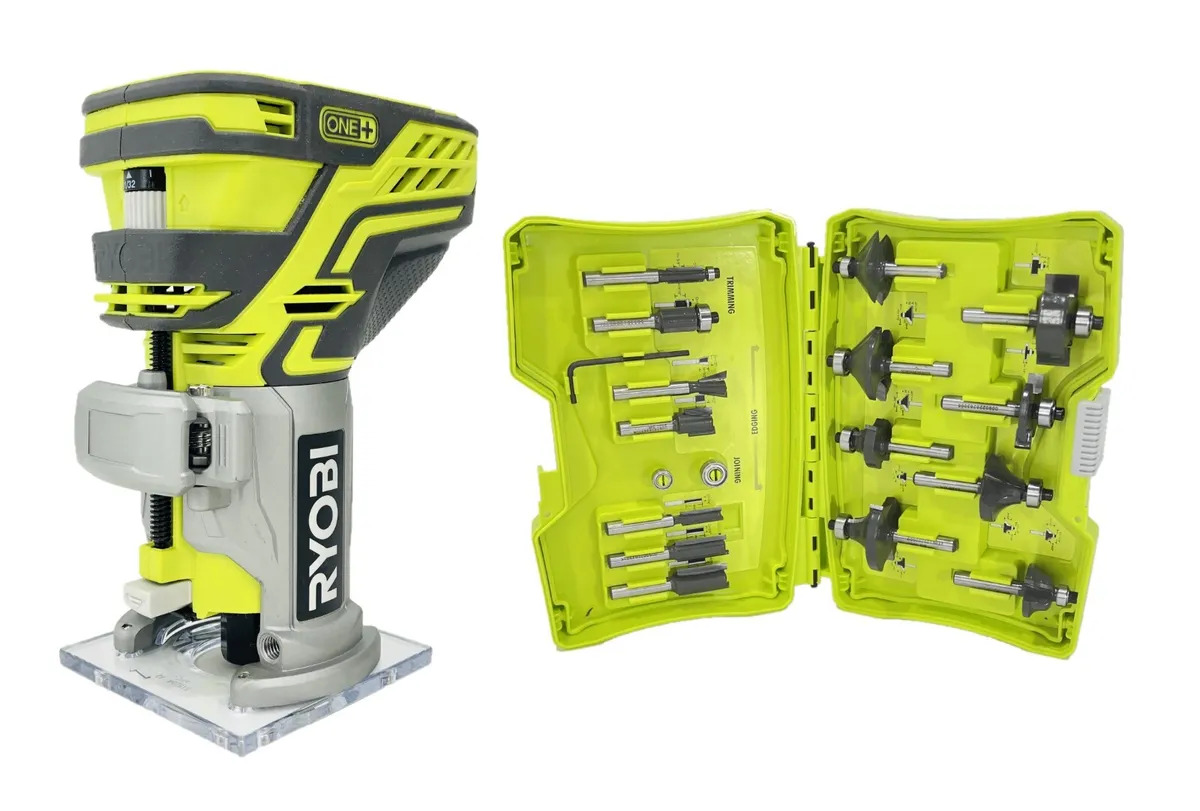

0 thoughts on “How To Use Ryobi Drill As A Screwdriver”